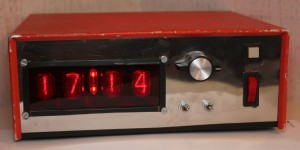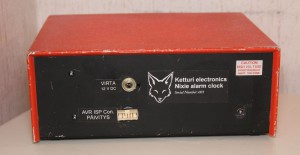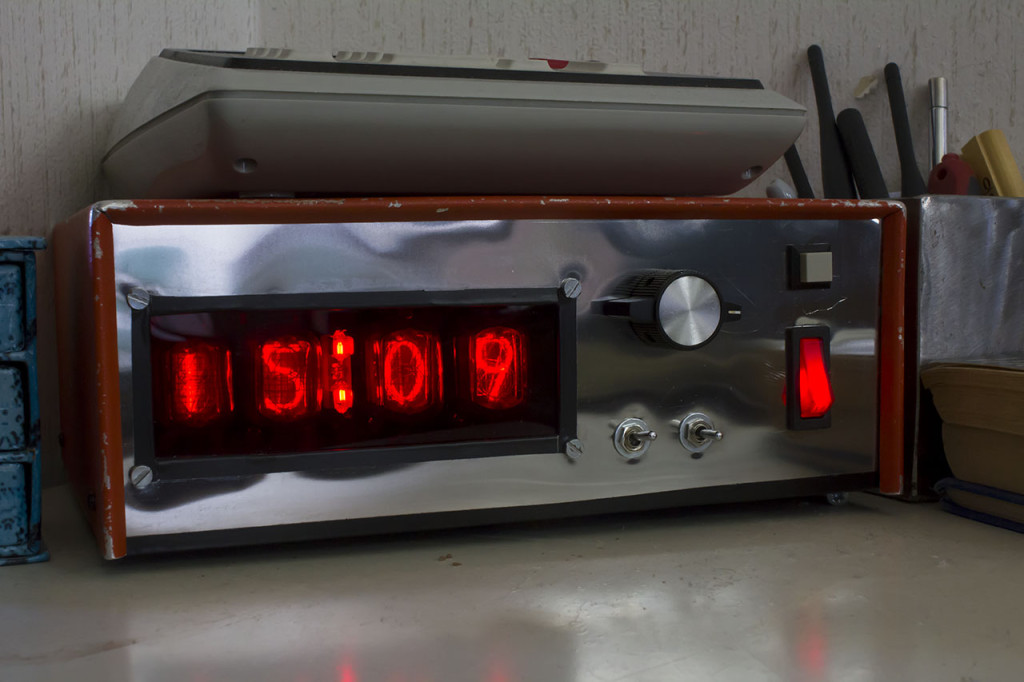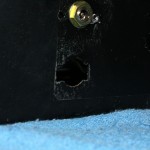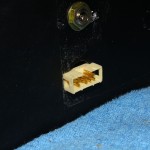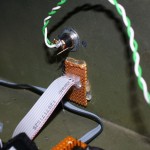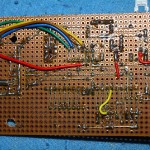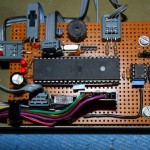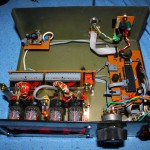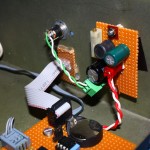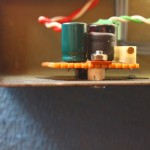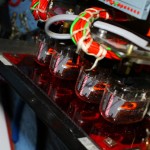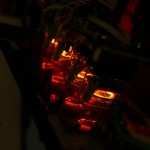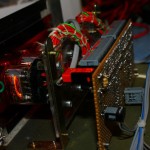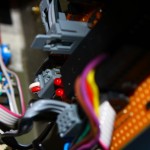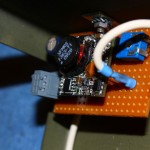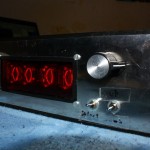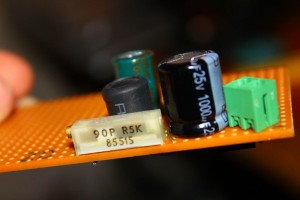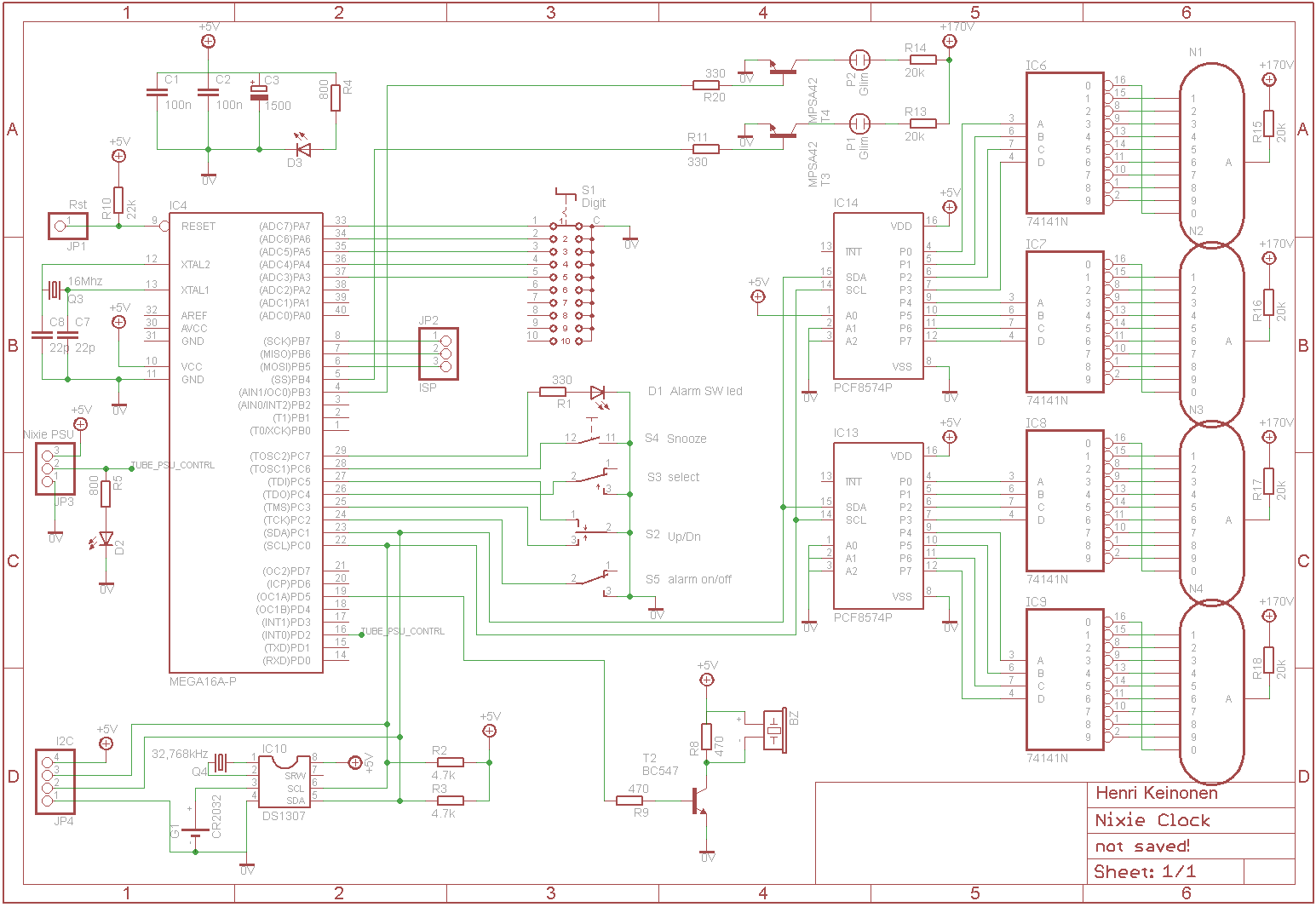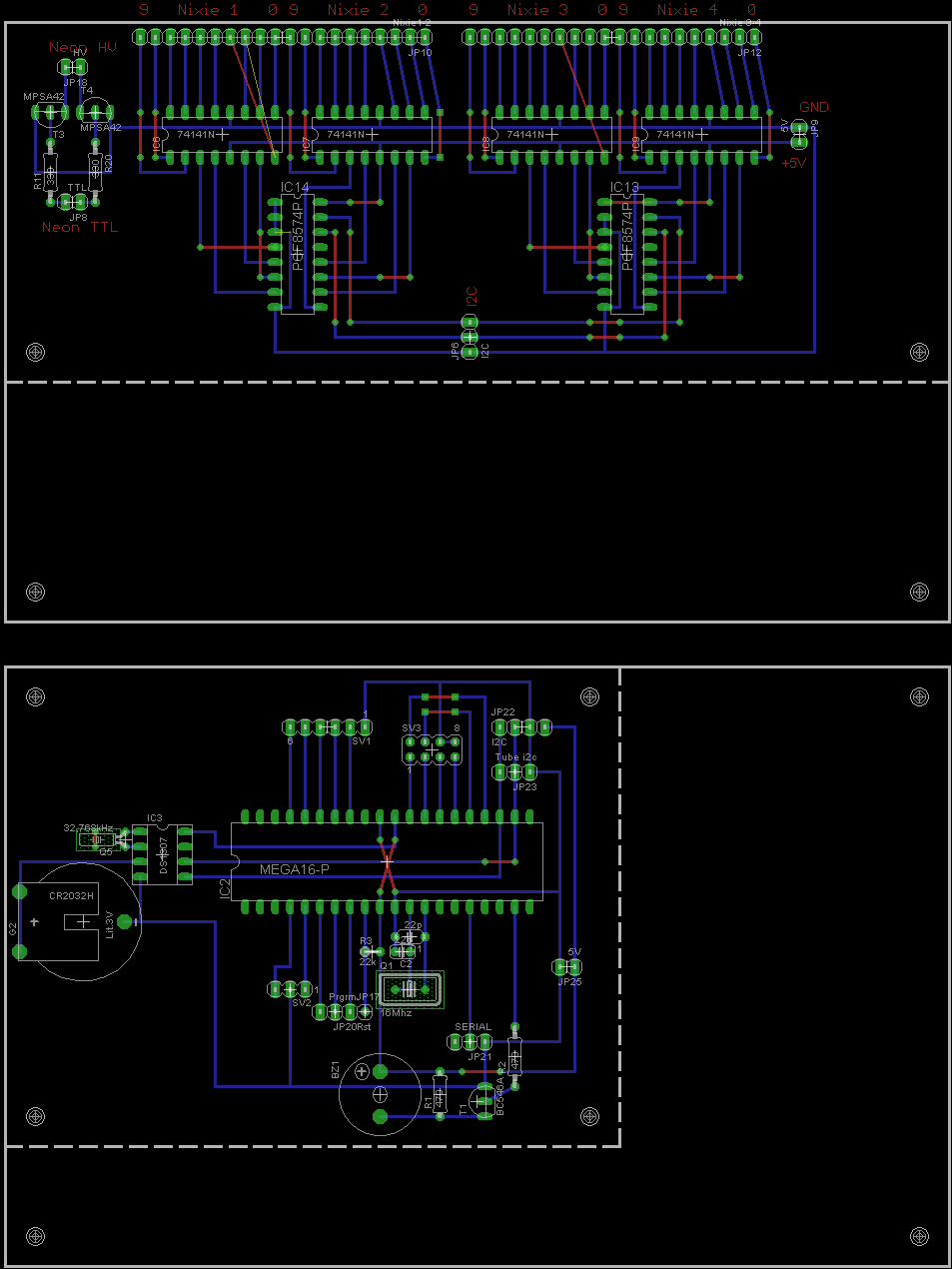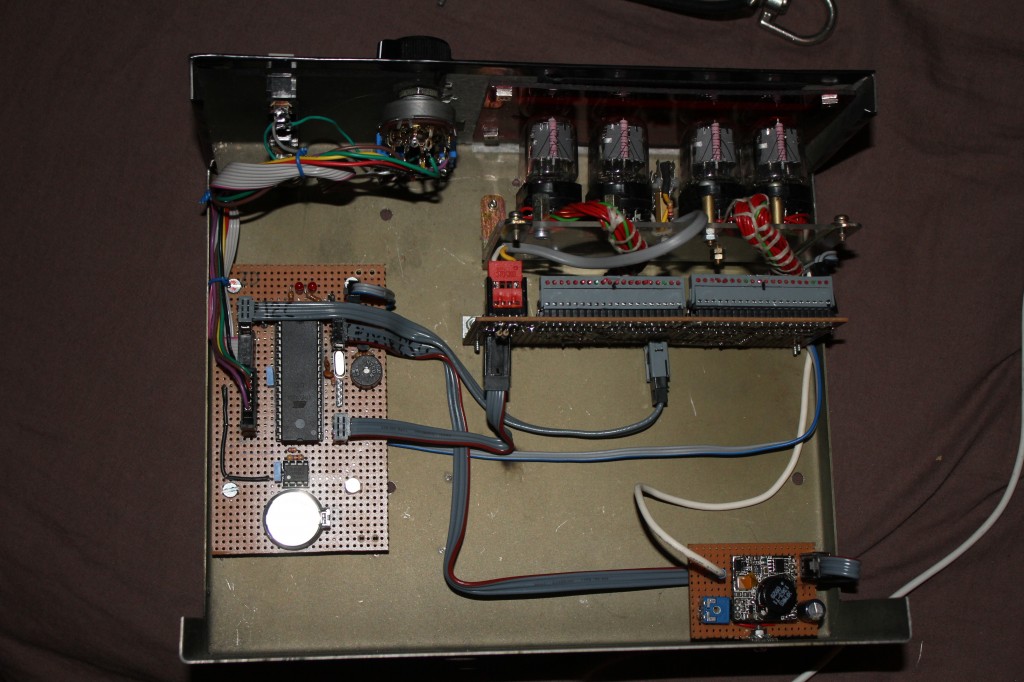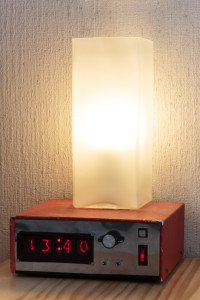 Finnish winter days are dark and cold. The sun rises only for short moment, and even then it is often cloudy, or the sun is so low that it can rarely be seen. A circadian clock is synchronized with daylight changes, and so without external stimulus from sunlight, my daily rhythm started to lag and spin around. Waking at morning was difficult task.
Finnish winter days are dark and cold. The sun rises only for short moment, and even then it is often cloudy, or the sun is so low that it can rarely be seen. A circadian clock is synchronized with daylight changes, and so without external stimulus from sunlight, my daily rhythm started to lag and spin around. Waking at morning was difficult task.
There is a ready-made solution for this, e.g. Philips does sell alarm clocks with build in wake-up lamps, that turn on at morning to artificially sync humans internal clock. Me being hacker, I had to make my own solution, as usual. Read More …

